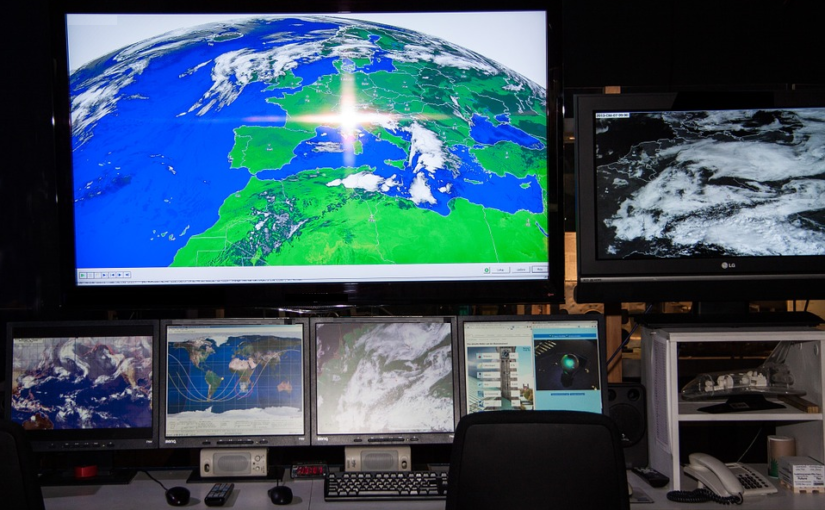GIS technology is used to analyze the urban growth and its direction of expansion, and to find suitable sites for further urban development.
In order to recognize the sites suitable for the urban growth, certain factors have to consider which is:-
• Land should have proper accessibility
• It should be more or less flat
• It should be vacant or have low usage value currently and it should have good supply of water.
Geographic Information System has been used in several industries and across a variety of professions.
Here is a look at some of it’s applications in the field of urban planning and the role it plays in this field.
The Resource Inventory
Geographical information, when combined with remote sensing, can save time in collecting land use and environmental information. Remote sensing images are becoming an imperative source of spatial information for urban areas. They can help to find out land use and land use changes for whole urban areas. The stereoscopic pairs of digital aerial photographs can be used to derive 3-dimensional CAD models of buildings for dynamic visualization of a city, or for direct import into a GIS database.
Scrutinizing the Existing Situations
Geographic Information System can help to collect, manipulate, and examine physical, social, and economic data of a city. Planners can then utilize the spatial query and mapping functions to analyze the existing situation in the city.
Through the map overlay analysis, GIS companies can help to detect areas of conflict of land development with the environment by overlaying existing land development on land suitability maps.
The areas of environmental sensitivity can be identified using remote sensing and other environmental information. This data and analysis can then be used to inform significant decisions that affect the current and future planning of an area.
Modelling and Projection
A basic function of planning is the projection of future population and economic growth. Geographic Information System can be used for prediction and projection. Spatial modeling of spatial distributions makes it possible to evaluate the widest range of impacts of existing trends of population, economic and environmental change.
Environmental planning models have been developed to identify areas of environmental concern and development conflict, using socioeconomic and environmental data stored in GIS.


